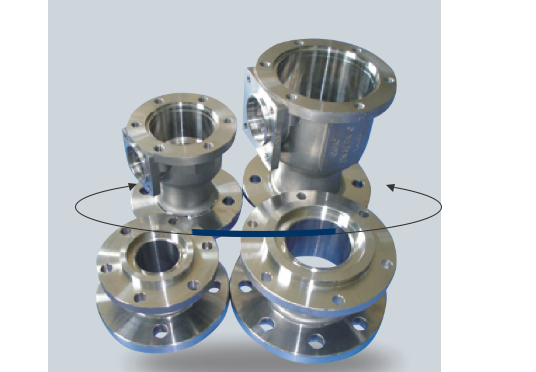Moisture is formed when a compressor absorbs moist air and cools. Moisture makes the components of Stainless Steel ANSI Valve Body rust, affect the pneumatic components action. The effects of moisture are as follows:
1. The pipe. Cause rust inside the pipe; Corrosion of pipes, air leakage and container rupture; Water retention at the bottom of the pipe leads to insufficient air flow and increased pressure loss.
2. Components. Rusted pipes and blocked mesh of the acceleration filter make the filter unable to work; Rust chip in the pipe into the valve, causing poor action, air leakage; Rust chips make the components bite together and cannot run smoothly; Directly affect the components of pneumatic components, causing poor conversion, air leakage and unstable action; Water droplets intrude into the inside of the actuator, causing poor movement; Water droplets enter the components, making it unable to run smoothly; Water drop washing lubricating oil, poor lubrication, valve action failure, unstable operation of executive components; Water droplets in the valve cause insufficient flow and increased pressure loss. The components are damaged by water hammer.
3. The environment. Discharge water from the vent and pollute the environment. Water caused by the failure of the fault can be used to deal with the method is in addition to water, that is, the compressor outlet temperature dropped to the analysis of the water droplets, and the elimination. For this purpose, coolers and separators shall be installed and installed after the compressor, and air filters shall be installed in the compressor population. Horizontal piping is angled and a drain valve is installed at the low end. Install dryer at outlet.
The available water removal measures of API Ball Valve Body are as follows.
A. Adsorption method: adsorption of water with strong adsorption of materials, such as silica gel, aluminum gel and molecular sieve
B. Pressure dehumidification: increase the pressure to reduce the volume and reduce the temperature so as to separate water droplets.
C. Mechanical water removal: removal of water by mechanical obstruction, cyclone separation, etc.
D. Freezing and dewatering: use refrigeration equipment to cool the air below the dew point so that the water vapor condenses and precipitates out.

Previous: Overview Of API Ball Valve Body